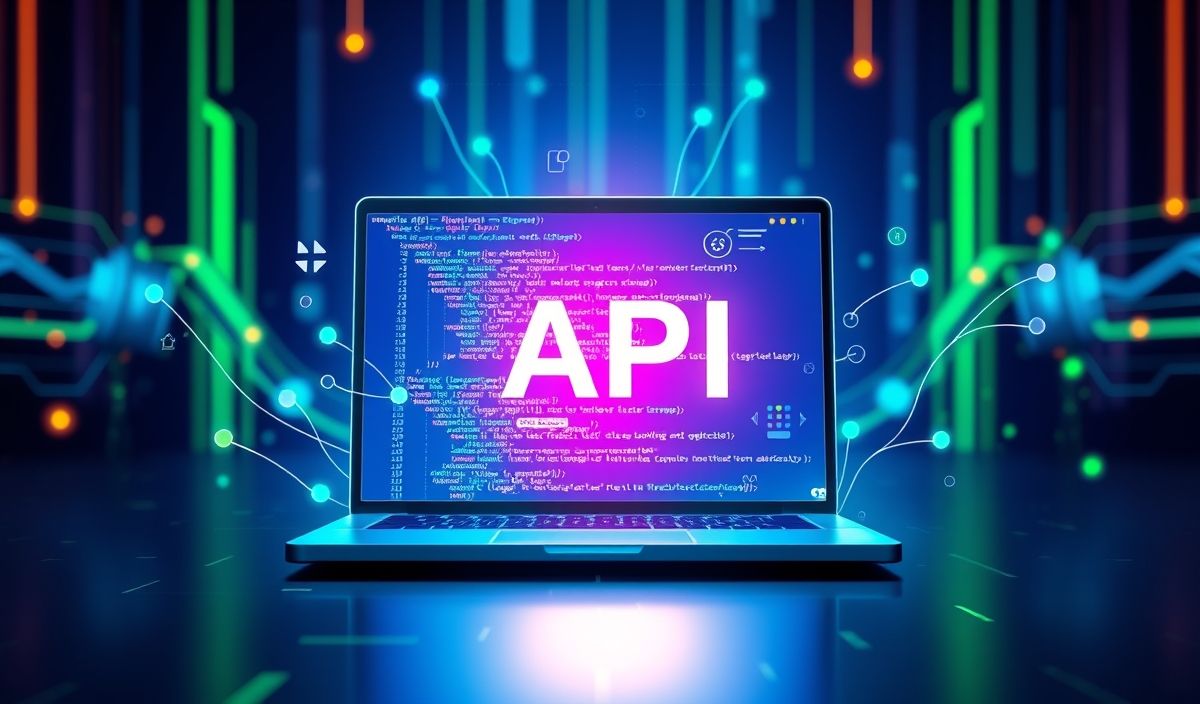Introduction to Nomnom
Nomnom is an efficient and flexible JavaScript library for working with APIs. It’s designed to help developers build robust and scalable applications by providing tens of powerful APIs. In this guide, we will introduce Nomnom and explore dozens of its APIs, complete with code snippets and a comprehensive app example. By the end of this guide, you will be well-versed in using Nomnom to enhance your development projects.
Getting Started with Nomnom
To begin using Nomnom, you need to install it via npm:
npm install nomnom
Nomnom API Examples
API: get()
Use the get() method to fetch data from an API endpoint.
const response = await nomnom.get('https://api.example.com/data');
console.log(response.data);
API: post()
Use the post() method to send data to an API endpoint.
const payload = { name: 'John', age: 30 };
const response = await nomnom.post('https://api.example.com/create', payload);
console.log(response.data);
API: put()
Use the put() method to update data at an API endpoint.
const payload = { id: 1, name: 'John Doe' };
const response = await nomnom.put('https://api.example.com/update/1', payload);
console.log(response.data);
API: delete()
Use the delete() method to remove data from an API endpoint.
const response = await nomnom.delete('https://api.example.com/delete/1');
console.log(response.data);
API: config()
Use the config() method to customize the default settings for all requests.
nomnom.config({
headers: { 'Authorization': 'Bearer token' },
timeout: 5000
});
API: interceptors()
Use the interceptors() method to handle requests or responses before they are processed.
nomnom.interceptors.request.use(config => {
// Modify config before request is sent
return config;
});
nomnom.interceptors.response.use(response => {
// Manipulate response before returning it
return response;
});
Creating an App with Nomnom
Let’s build a simple app using the Nomnom APIs.
Step 1: Setup Your Project
npm init -y npm install nomnom
Step 2: Fetch Data from an API
const nomnom = require('nomnom');
async function fetchData() {
try {
const response = await nomnom.get('https://api.example.com/data');
console.log(response.data);
} catch (error) {
console.error(error);
}
}
fetchData();
Step 3: Send Data to an API
const payload = { name: 'Jane', age: 28 };
async function sendData() {
try {
const response = await nomnom.post('https://api.example.com/create', payload);
console.log(response.data);
} catch (error) {
console.error(error);
}
}
sendData();
By following these steps, you can create a robust application that interacts with various API endpoints using Nomnom.
Happy coding!
Hash: cf6b5141d988615963041943df238a6d13e218316f7da3de9715f7a1d51a7bb9




